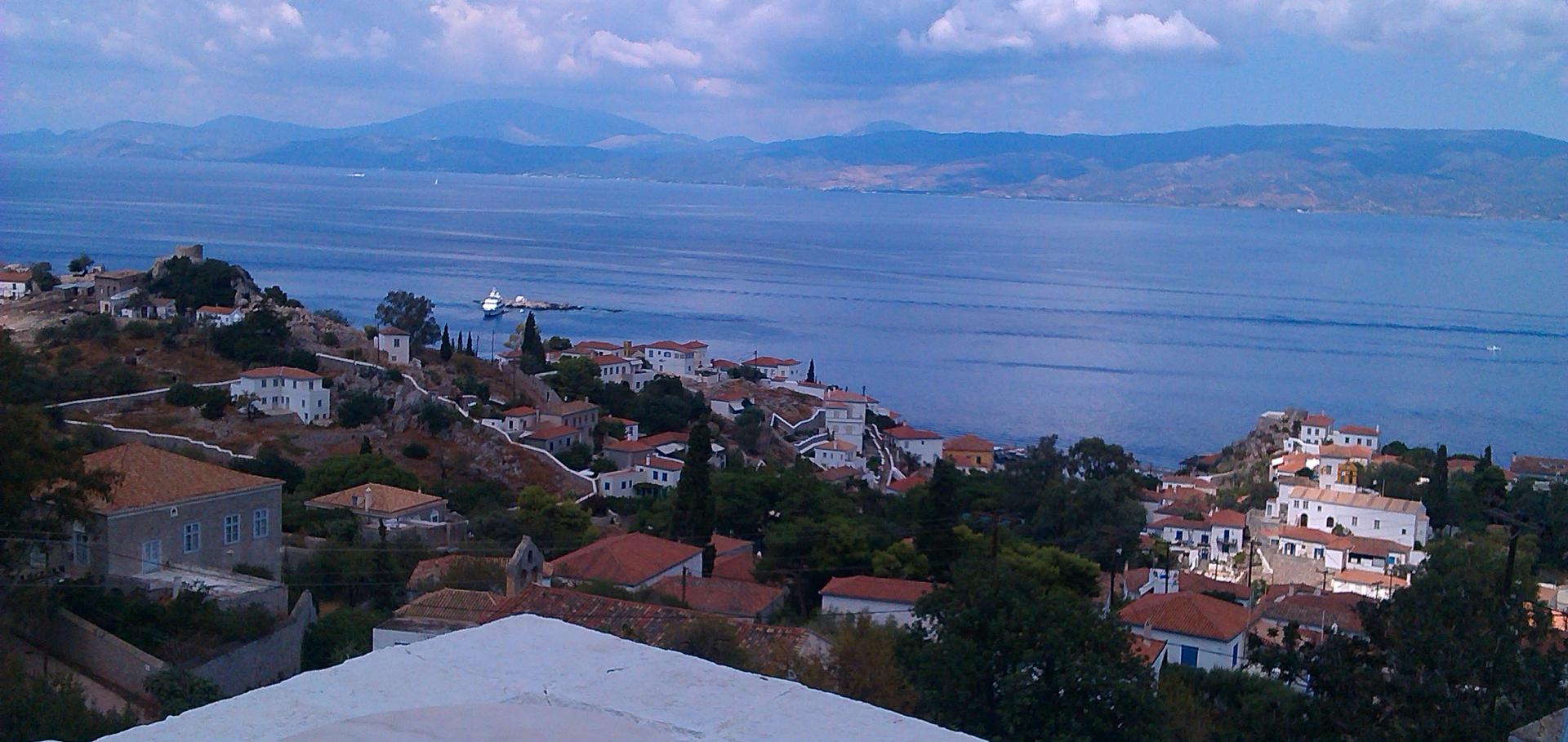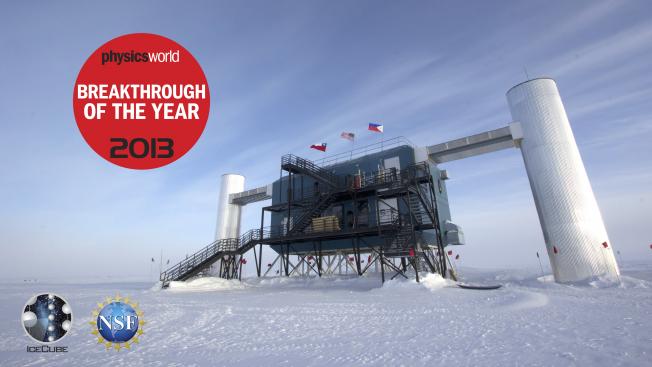Improved Detection of Supernovae with the IceCube Observatory
ArXiv 1704.03823 (2017)
PINGU: a vision for neutrino and particle physics at the South Pole
IOP Publishing 44:5 (2017) 054006
Abstract:
The Precision IceCube Next Generation Upgrade (PINGU) is a proposed lowenergy in-fill extension to the IceCube Neutrino Observatory. With detection technology modeled closely on the successful IceCube example, PINGU will provide a 6 Mton effective mass for neutrino detection with an energy threshold of a few GeV. With an unprecedented sample of over 60 000 atmospheric neutrinos per year in this energy range, PINGU will make highly competitive measurements of neutrino oscillation parameters in an energy range over an order of magnitude higher than long-baseline neutrino beam experiments. PINGU will measure the mixing parameters Θ23 and Δm232, including the octant of Θ23 for a wide range of values, and determine the neutrino mass ordering at 3σ median significance within five years of operation. PINGU's high precision measurement of the rate of nt appearance will provide essential tests of the unitarity of the 3 ×3 PMNS neutrino mixing matrix. PINGU will also improve the sensitivity of searches for low mass dark matter in the Sun, use neutrino tomography to directly probe the composition of the Earth's core, and improve IceCube's sensitivity to neutrinos from Galactic supernovae. Reoptimization of the PINGU design has permitted substantial reduction in both cost and logistical requirements while delivering performance nearly identical to configurations previously studied.High redshift radio galaxies and divergence from the CMB dipole
(2017)
Search for annihilating dark matter in the Sun with 3 years of IceCube data: IceCube Collaboration
European Physical Journal C 77:3 (2017)
Abstract:
© 2017, The Author(s). We present results from an analysis looking for dark matter annihilation in the Sun with the IceCube neutrino telescope. Gravitationally trapped dark matter in the Sun’s core can annihilate into Standard Model particles making the Sun a source of GeV neutrinos. IceCube is able to detect neutrinos with energies > 100 GeV while its low-energy infill array DeepCore extends this to > 10 GeV. This analysis uses data gathered in the austral winters between May 2011 and May 2014, corresponding to 532 days of livetime when the Sun, being below the horizon, is a source of up-going neutrino events, easiest to discriminate against the dominant background of atmospheric muons. The sensitivity is a factor of two to four better than previous searches due to additional statistics and improved analysis methods involving better background rejection and reconstructions. The resultant upper limits on the spin-dependent dark matter-proton scattering cross section reach down to 1.46 × 10 - 5 pb for a dark matter particle of mass 500 GeV annihilating exclusively into τ + τ - particles. These are currently the most stringent limits on the spin-dependent dark matter-proton scattering cross section for WIMP masses above 50 GeV.The IceCube Neutrino Observatory: instrumentation and online systems
Journal of Instrumentation IOP Publishing 12:3 (2017) P03012



